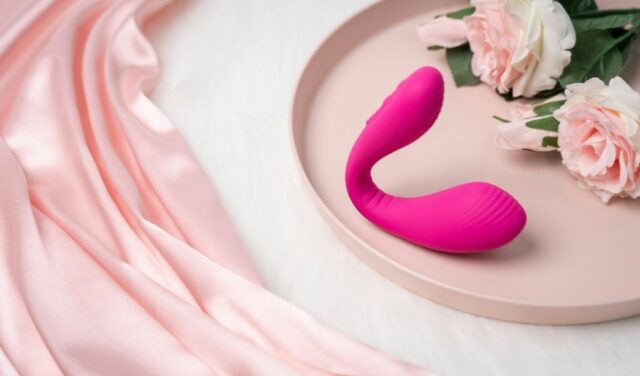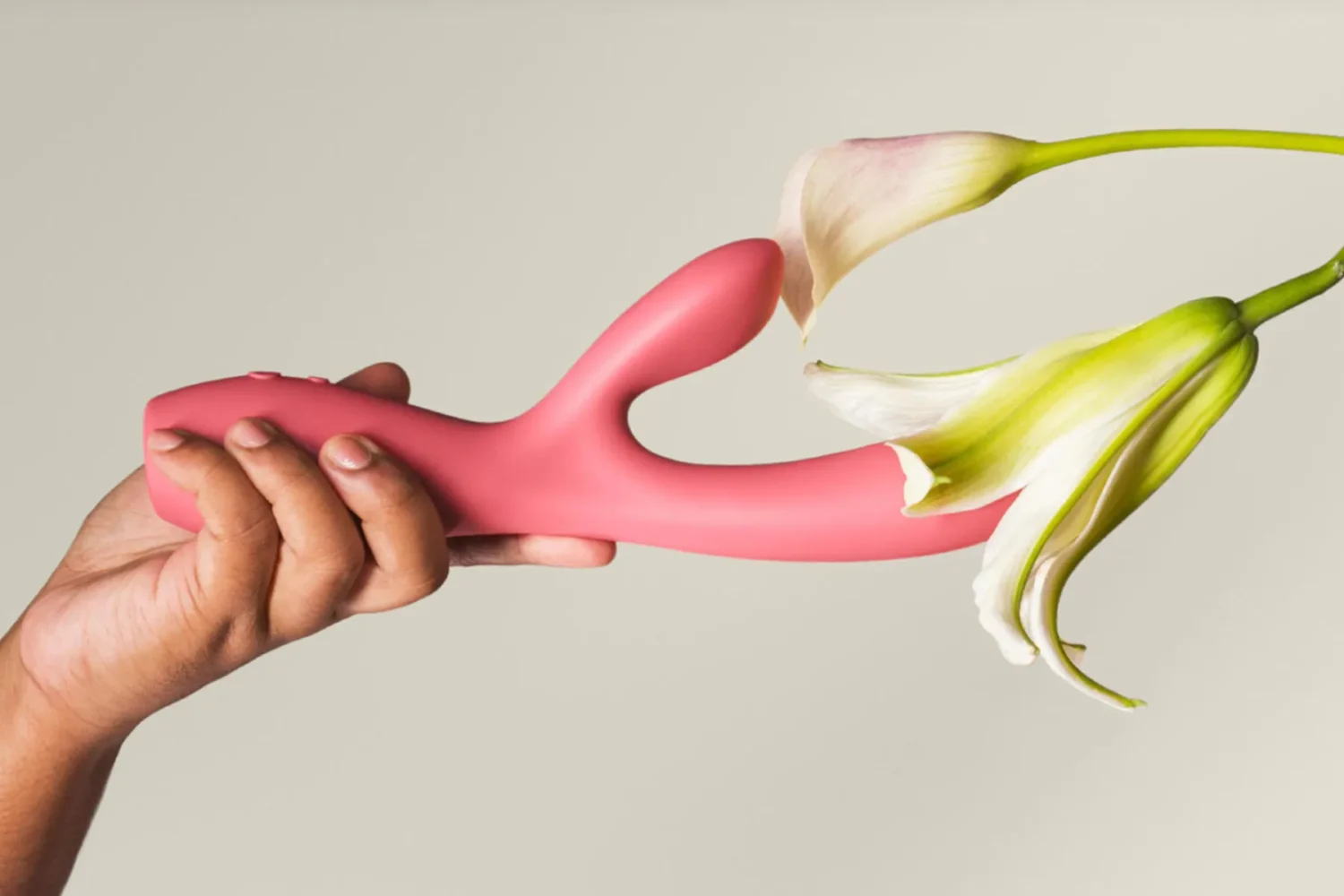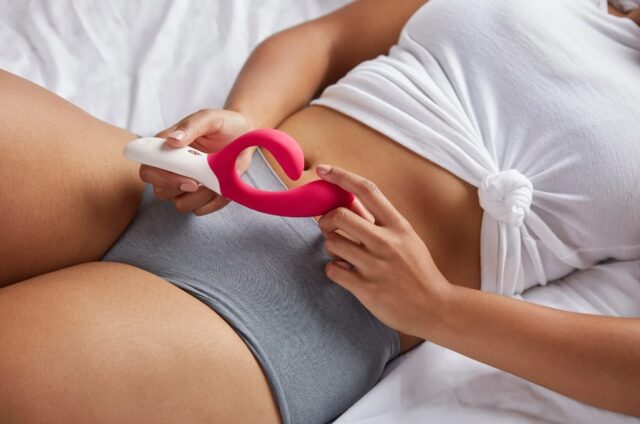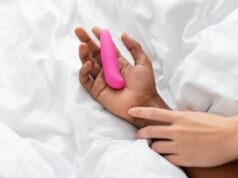
When it comes to adult toys, understanding who uses them more and why can provide valuable insights into personal preferences and societal attitudes. Both men and women use these products, but their patterns of use can differ significantly.
By exploring these differences, we can better appreciate the diverse ways people approach their sexual wellness and pleasure.
Key Points:
- Women use adult products more often due to increasing acceptance and focus on their pleasure.
- Societal norms affect usage, with women encouraged more than men to explore these products.
- Relationship dynamics influence usage, where open communication can enhance intimacy.
- Women and men seek different benefits, with women focusing on pleasure and men on performance.
- Growing acceptance and innovative products are making it easier for both genders to explore sexual wellness.
Gender Differences in Usage
Research indicates that women are more frequent users of adult products than men. This trend can be attributed to several factors. One major factor is the increasing openness around women’s sexual health and pleasure. Women are encouraged to explore their bodies and desires more freely, thanks in part to evolving cultural attitudes and greater representation in media and online spaces.
For example, products like the mini wand vibrator are popular among women due to their versatility. These products are designed to provide targeted stimulation and can be used in various ways to enhance personal pleasure.
Men also use these toys, but their usage patterns often differ. Men may use them for enhancing sexual pleasure or addressing specific performance issues. Societal attitudes towards masculinity can influence how openly men use and discuss these products.

Social and Cultural Influences
Social norms play a crucial role in shaping the use of these products by different genders. Historically, women’s sexual health and pleasure have been more openly discussed, which has contributed to a higher prevalence of female use. Media and online communities often highlight women’s experiences and needs, further normalizing the use of these toys.
Men, on the other hand, may face greater stigma or cultural pressure when it comes to using these toys. Traditional notions of masculinity often emphasize restraint and control, which can affect a man’s willingness to explore or discuss these products. Despite this, societal attitudes are slowly shifting. As conversations around sexual health become more inclusive, men are increasingly open to using these products.
Personal Preferences and Experiences
Individual preferences play a significant role in determining how and why people use these products. For women, the range of available toys allows for exploration and personalization. Women might experiment with different products to find what suits their needs best. For instance, some women may prefer products designed for external stimulation, while others might explore options that offer more varied sensations.
Men also have specific needs and preferences when it comes to these toys. For example, some men may seek products that enhance stamina or address performance-related concerns.

Trends and Societal Shifts
The landscape of adult product use is changing as societal attitudes shift. There is a growing acceptance of these products across genders, and people are becoming more comfortable exploring their sexual health and pleasure. The increased availability of discreet and innovative products has contributed to this shift, making it easier for both men and women to integrate these products into their lives.
For women, this trend reflects a broader movement towards empowerment and self-discovery. Women are increasingly open to exploring their sexuality and using products that enhance their pleasure. This shift is supported by greater visibility and discussion around women’s sexual health.
Men are also experiencing a gradual shift in attitudes. While traditional norms still influence men’s usage, there is a growing willingness to embrace these products. As discussions around sexual health become more inclusive, men are more likely to explore toys that meet their needs and desires.
The Impact of Marketing and Media
Marketing and media play a significant role in shaping perceptions and usage patterns of these products. For women, marketing often focuses on empowerment, pleasure, and self-care. This approach resonates with many women, encouraging them to explore and use these products more frequently.
For men, marketing has historically focused on performance enhancement and problem-solving. This targeted approach can influence the types of products men are interested in and how they use them. As marketing strategies evolve, there is a growing emphasis on broader aspects of pleasure and wellness for men.
Challenges and Barriers
Despite the increasing acceptance of these products, challenges and barriers still exist. For women, societal expectations and stigma can sometimes create pressure or discomfort around using these products. However, the growing openness in discussions about sexual health is helping to address these challenges.
Men also face barriers, including societal expectations around masculinity and performance. Overcoming these barriers requires changing perceptions and promoting a more inclusive understanding of sexual wellness. As societal attitudes continue to evolve, it is expected that these barriers will gradually diminish.

Educational and Supportive Resources
Access to educational and supportive resources can greatly influence the use and perception of these products. For women, resources often focus on self-care, empowerment, and pleasure. These resources can help women make informed decisions about their choices and feel more confident in exploring their sexuality.
For men, educational resources may emphasize performance enhancement and address specific concerns. Providing information about the diverse benefits of these products can help men make informed decisions and feel more comfortable incorporating them into their lives.
Conclusion
The question of who uses adult products more, men or women, highlights important differences and similarities in usage patterns. Women generally use these products more frequently, driven by greater openness and exploration of sexual pleasure.
Men also use these toys, but their patterns are influenced by societal norms and personal needs. As attitudes and perceptions continue to evolve, both men and women are increasingly embracing the benefits of these products for their sexual health and overall well-being.
By understanding these trends and factors, we can support a more open and informed conversation about sexual wellness.









